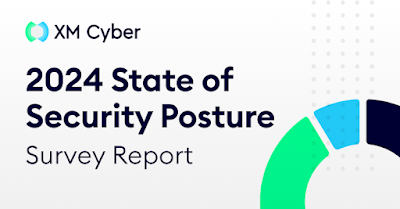Microsoft Disables Internet Macros in Office Apps by Default to Block Malware Attacks
Feb 08, 2022
Microsoft on Monday said it's taking steps to disable Visual Basic for Applications (VBA) macros by default across its products, including Word, Excel, PowerPoint, Access, and Visio, for documents downloaded from the web in an attempt to eliminate an entire class of attack vector. "Bad actors send macros in Office files to end users who unknowingly enable them, malicious payloads are delivered, and the impact can be severe including malware, compromised identity, data loss, and remote access," Kellie Eickmeyer said in a post announcing the move. While the company does warn users about permitting macros in Office files, unsuspecting victims — e.g., recipients of phishing emails — can still be lured into enabling the feature, effectively granting the attackers the ability to gain an initial foothold into the system. As part of the new change, when a user opens an attachment or downloads from the internet an untrusted Office file containing macros, the app displays a









